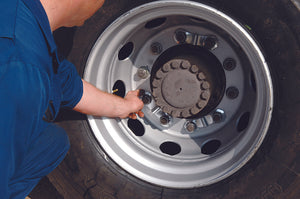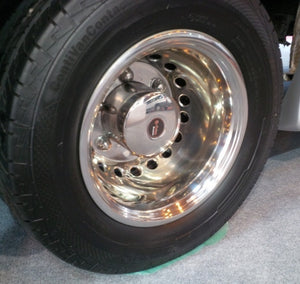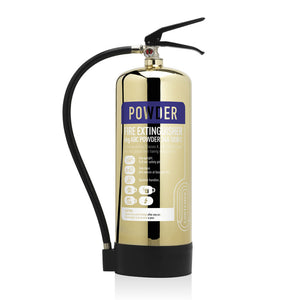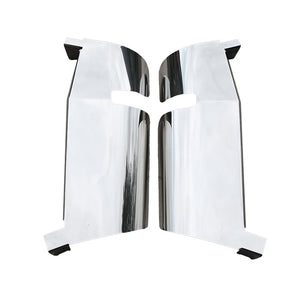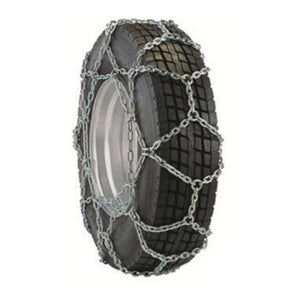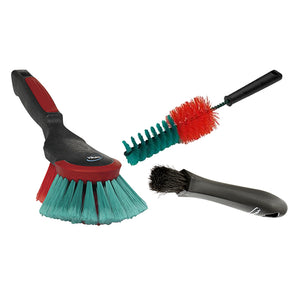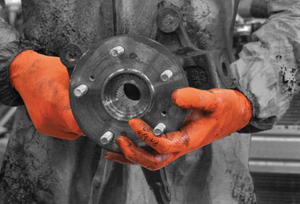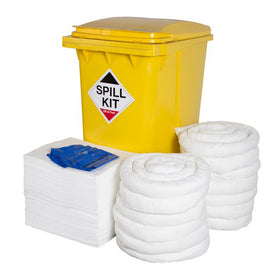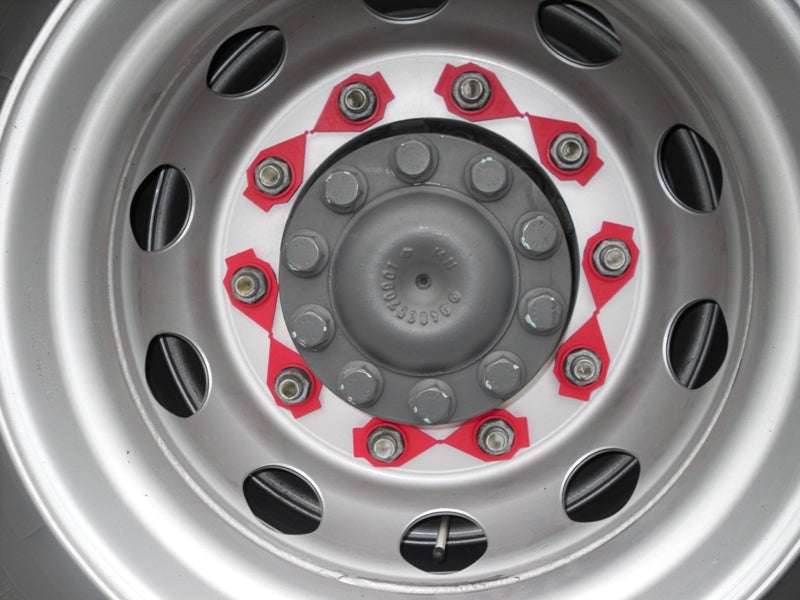Checkpoint indicators are trusted by fleets worldwide, and for good reason. They set the benchmark for wheel safety and visual maintenance checks.
These indicators give a clear visual alert of any wheel nut movement, helping prevent wheel loss before it happens. They also provide a quick way to confirm that all nuts have been correctly torqued after maintenance.
Why we choose Checkpoint:
Proven quality – the original and most widely recognised wheel nut indicator, used across global fleets.
Fast, visible safety – instantly shows if a nut has loosened, even during daily walkarounds.
Durable in all conditions – made from high-grade polymer resistant to heat, oil, water, and road salts.
Range of options – from standard Checkpoint indicators to Dustite and Dustite Long Reach, which combine movement indication with dust and debris protection.
Classic Checkpoints are Compatible with Prolock and Zafety – ideal for layered wheel safety systems.
Available in multiple colours and sizes to suit most HGV, LGV, and trailer wheels.
If your vehicles have wheel trims or nut rings fitted, we would always recommend long reach indicators, so you can keep the benefits of both style and safety.






